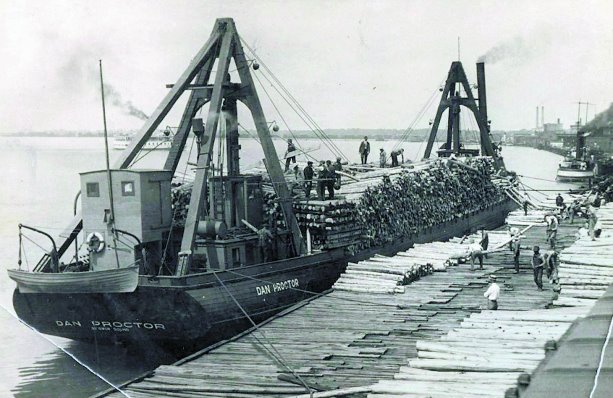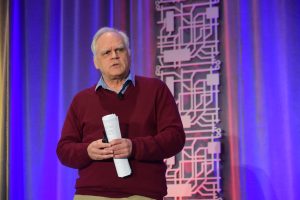Work on a $48-million secondary wastewater treatment facility in Owen Sound, Ont. recently encountered a wrinkle of historic proportions.
Plans to modify an effluent outfall pipe emptying into Georgian Bay had to be altered to accommodate a shipwreck located just a few metres from the pipe.
The ship in question is almost certainly the Dan Proctor, a 200-ft, three-masted schooner built in Michigan in 1893, and converted to a barge by the Keenan Brothers, manufacturers of wood products, including toothpicks. The ship was abandoned by the company and scuttled in place in 1936.
"There’s not much likelihood that the crews who installed the original outfall didn’t see the shipwreck when the original plant was built in 1962," says Matt Prentice, Owen Sound’s water and wastewater manager.
"It was different era. The crews may have just looked at the wreck, shrugged it off and gone back to finishing off the construction job without telling anyone."
The wastewater treatment plant has been upgraded several times since it was first built, but the new plant construction represents the single biggest infrastructure project in the city’s history.
"We’re upgrading to a secondary treatment process using a biological aerated filter (BAF) with an ultraviolet disinfection system," says Prentice.
"We liked BAF because of the small footprint required for the treatment facility. Originally, we were going to build the facility closer to the water, but there are issues with sloping soils and bedrock. Then we had a ‘eureka’ moment. Why not build a larger facility on the site of our existing administration building where we know we can build successfully?"
The new building will house the BAF treatment infrastructure, administrative offices and spacious laboratories.
However, building the new facility required Owen Sound to first ensure that the concrete effluent outfall pipe had a considerable service life ahead of it and to modify its design to meet current regulatory requirements.
The outfall pipe portion of the project formed a $1.4 million subcontract within the overall budget.
Closed circuit television camera inspection of the inside of the pipe indicated it was in good shape after more than 50 years of operation.
"Part of the regulatory design requirements for the plant was the addition of a diffuser to the end of the pipe," says Prentice. "That would allow us to meet the mixing criteria for the concentration of effluent leaving the pipe as required by the Ontario Ministry of the Environment and Climate Change."
The marine contractor made the unusual discovery while conducting a pre-construction survey of the work area around the outfall pipe using side scanning sonar.
"They found what they thought was a ship 200 metres from shore, in about six metres of water," says Prentice. "They then backed up the discovery with a TV camera. That triggered the requirements of the Ontario Heritage Act."
In an archaeological survey by Scarlett Janusas Archaeology two other unidentified ships, likely older than the first, were located about 90 metres further south.
Although the Dan Proctor has been stripped of gear, a marine archaeologist who identified the ship recommended "a five metre minimum avoidance area" to protect the three wrecks.
The original diffuser design had the diffuser branching out into the shape of the letter "T."
"However, one branch of the diffuser would have emitted effluent straight into the Dan Proctor about two metres away," says Prentice.
"The new design will have the pipe slightly shortened and the diffuser designed in an ‘L’ shape. It doesn’t really affect the outfall project, which is scheduled to start in July. The only wrinkle is that we might have to use divers to install some additional control valves after the pipe project is finished."
The general contractor on the project is Graham Construction and Engineering. The consulting engineers are J.L. Richards and Associates in association with Conestoga-Rovers & Associates. ODS Marine is the subcontractor for the installation of the new diffuser on the outfall.
The plant is scheduled for completion in December 2016.






Recent Comments
comments for this post are closed